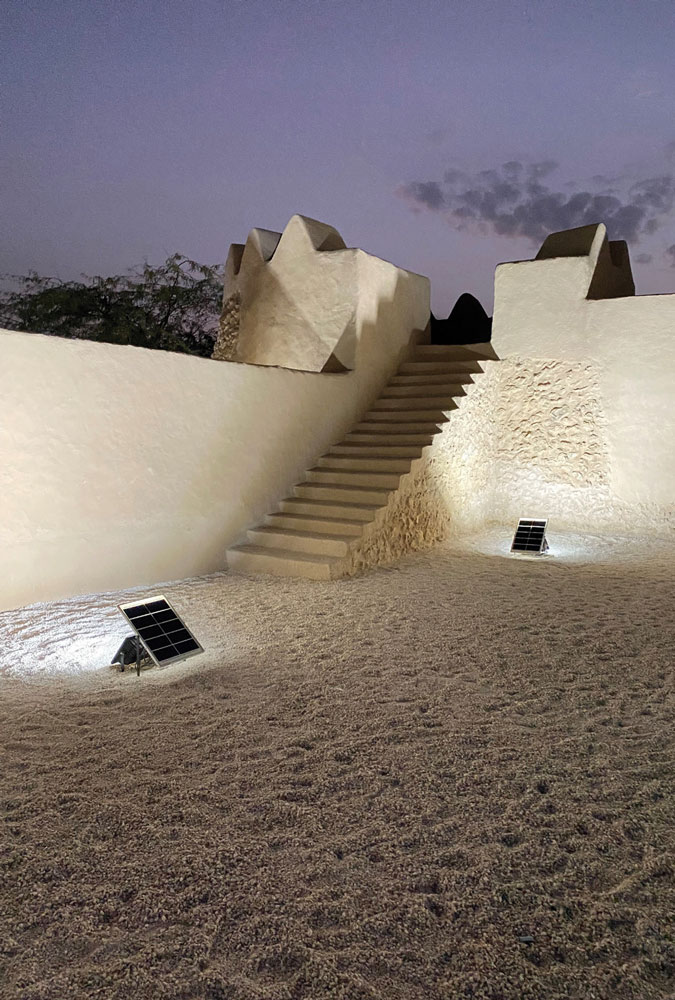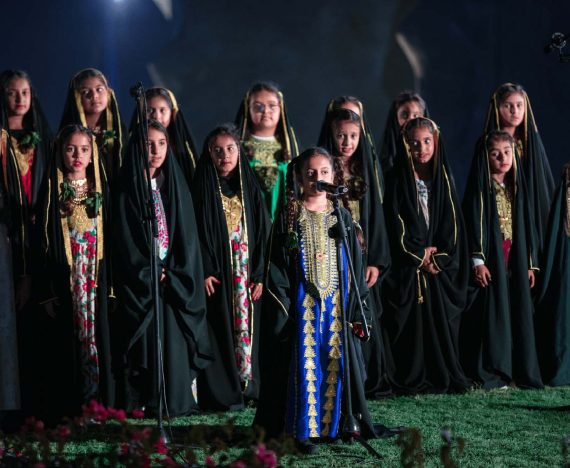PRESERVING CULTURAL HERITAGE

Qatar Museums is preserving ancient desert fort Al Rakiyat’s unique and local building style for future generations.
Qatar Museums’ (QM) Department of Architectural Conservation has completed the restoration project of the historic Al Rakiyat fort in the north-east of the country.
Historical sources place the origins of the fort between the 17th and 19th century. Its unique, local building style and historic integration into the country’s landscape have made Al Rakiyat (the well in Arabic) one of the oldest and most important desert forts in Qatar.
QM’s Cultural Heritage Conservation director, Adel Abdullatif al-Moslamani, said: “As part of a concerted effort to safeguard our past for future generations, we set out to restore one of our country’s principal heritage sites to its former glory. Al Rakiyat fort is a breath-taking relic of Qatar’s rich history where our forefathers guarded valuable water resources for nearby coastal villages. With respect for the centuries-old structure, our team worked carefully to preserve and reinforce the original fort, allowing it to carry on the story of our past for decades to come.”
the structural components of the historic building. The current QM-led restoration effort followed leading global conservation standards and restoration techniques, using traditional and authentic building materials.
Restoration works focused on the main structural components of the building, including plaster, flooring, installation of a wooden ceiling, doors and treatment against pests.
Heritage preservation is a core component of Qatar’s national strive towards economic, human, social and environmental development, recognising that all forwardlooking progress must be informed by the country’s distinctive Arab and Islamic values and identity.
The Al Rakiyat fort now stands as an enduring landmark of Qatar’s cultural identity, giving forthcoming generations an important insight into the defence architecture. ✤
GO: VISIT QM.ORG.QA FOR MORE INFORMATION.
























